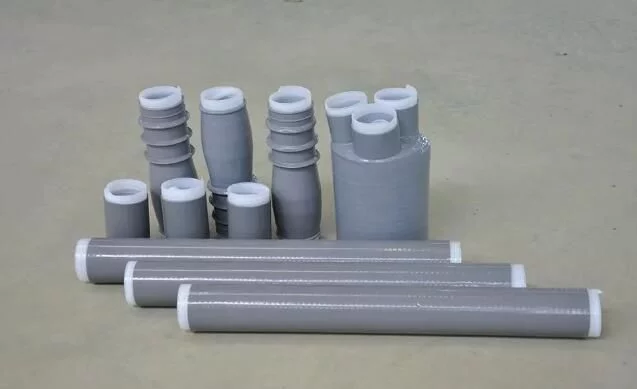Over the years, the liquid rubber injection molding method (LSR), that is, the injection molding of liquid silicone rubber, has been widely popularized and promoted. Recently, this method has become a molding method of general concern in the industry due to its advantages of being able to perform automatic molding in a short time and compound molding with plastics. The following will introduce the latest trends in liquid silicone rubber injection molding and the materials suitable for this molding method.
"Advantages of Liquid Silicone Rubber Injection Molding"
Fully automatic molding: no flash, no runner, automatic demoulding
Regarding the fully automated molding process, people have conducted research from various aspects such as injection machines, molds, and materials. It not only saves manpower in the process operation, but also because it does not produce useless solidified products, so the material cost is reduced. From the perspective of environmental protection, this method is also attracting attention. For the molding of miniature products such as automobile skeleton oil seals, the molding cycle (from injection to the next injection) is required to be within 10 seconds, so that it can be completed in a very short time.
Compound molding: insert molding, binary molding
Because the form of crosslinking reaction is addition curing, it can be molded at a relatively low temperature. Since no by-products such as peroxide decomposition residues are generated in the cross-linking reaction, in principle, there is no need for secondary vulcanization. Therefore, it can be integrally molded with resin, and by coating the primer material for insert molding, binary molding that integrates the sealing part and the frame part has also begun to spread.

Silicone rubber has excellent properties (heat resistance, plug resistance, weather resistance, electrical insulation, flame retardancy, etc.). Due to these properties, it is possible to make environmentally friendly molding based on fully automatic molding and integral molding with metal and organic resin. In addition, the material itself is transparent and colorable, so its application range covers many fields, such as buttons (computers, mobile phones, etc.), pacifiers for baby bottles, rubber rollers (copiers, printers, etc.), pipe joint sealing, oil seals, etc. Various auto parts, anode caps for television picture tubes, diving supplies, etc.
Material for automatic molding without glue edge/runner
In the injection molding of liquid silicone rubber, a method called no glue edge and runnerless molding has become popular. This is a molding method that does not produce useless cured products and does not require secondary processing, that is, a molding method that does not have injection ports and runners (even if there is no curing), and does not produce waste rubber edges. In order to implement this molding method, the structure of the model and the finish of the parting surface, the metering and discharge accuracy of the injection machine must meet the requirements. After the material fills the mold cavity, due to excessive rubber material or due to factors such as thermal expansion of the silicone rubber, the rubber material flows into the parting surface, and becomes a waste rubber edge after curing. If the parting surface is designed to be narrower, it is difficult to generate waste rubber edges, but at the same time, the air is not easy to be discharged, so it becomes the reason for the bubbles in the finished product.
It is the curing characteristics of no waste plastic edge molding material. Compared with the materials used before, the curing curve of this material turns into a rapid turning state (the time from the beginning of the curing to the end of the curing is very short). By selecting the appropriate injection conditions for this type of material, the curing has not yet begun before the material fills the mold cavity, and the material has good fluidity. When the material fills the mold cavity, the curing ends immediately. Even if there is residual pressure, the material will not Flow to the parting surface to prevent the formation of waste rubber edges. Rubber automation.
Text